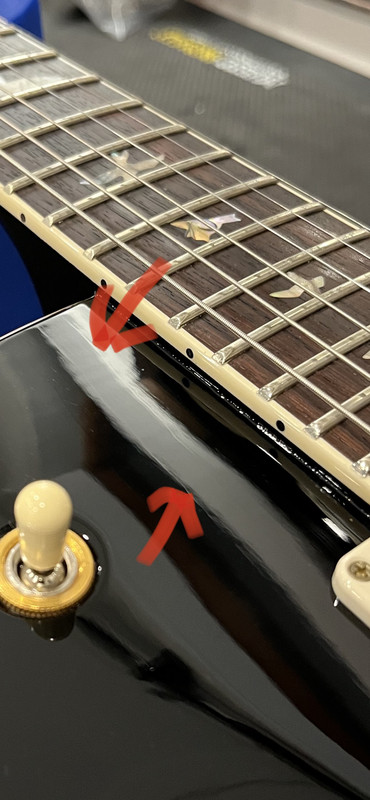Grim_Pickins
New Member
- Joined
- Feb 6, 2024
- Messages
- 3
I recently got a ‘23 McCarty 594 single cut 10-top in charcoal burst and love it. I have one question though- when the light reflects off the top at certain angles, the grain in the top can be seen “telegraphing” through. This appears as long vertical lines that are especially noticeable on the upper bout where the paint is solid black. There is also some horizontal waviness that coincides with the flame. It is definitely the grain lines in the wood, as you can follow them to where the see-through part of the burst starts and see the grain clearly. The finish is not cracked like with checking. I’m assuming this is from it being a very thin nitro finish, so I’m curious- do all the nitro finished core models exhibit this to some extent? Obviously every piece of wood is different, but I’m just curious if this is abnormal in any way or all part of the deal with PRS nitro? I’m coming from Gibsons and haven’t noticed it this prominently on them, but maybe their finish formula or method is different? I don’t necessarily dislike it, but just want to know it’s totally normal and not a sign of any workmanship issues or sloppiness. Also, if you have any pics of guitars showing this effect, I’d be interested to see them. Thanks!




